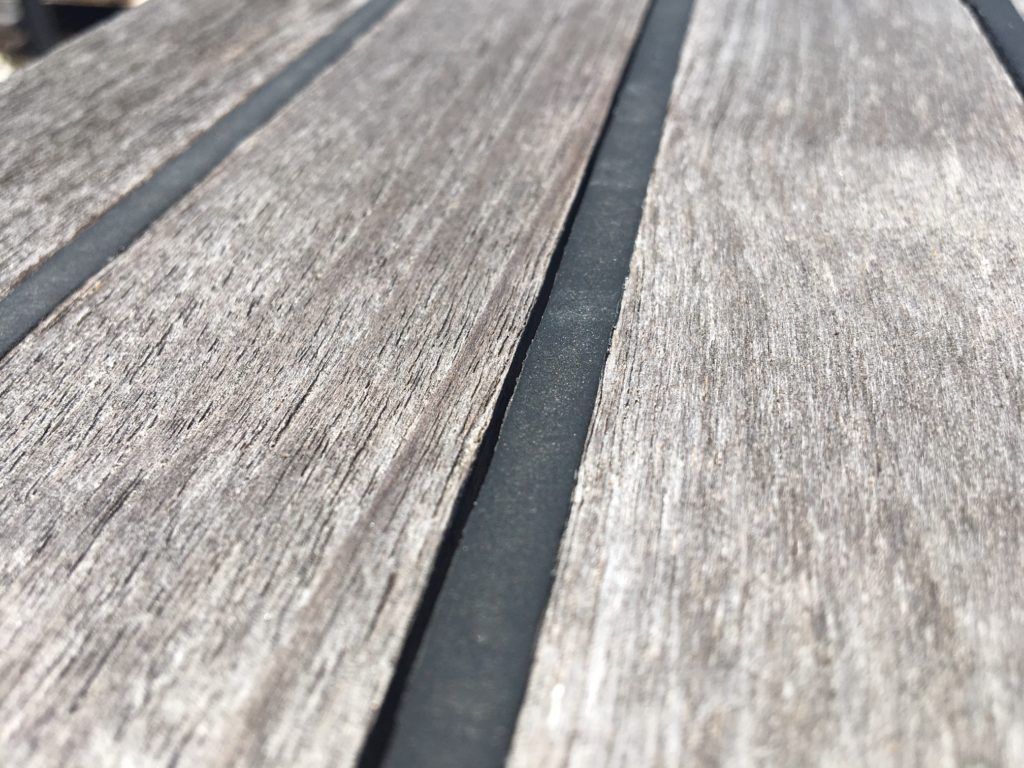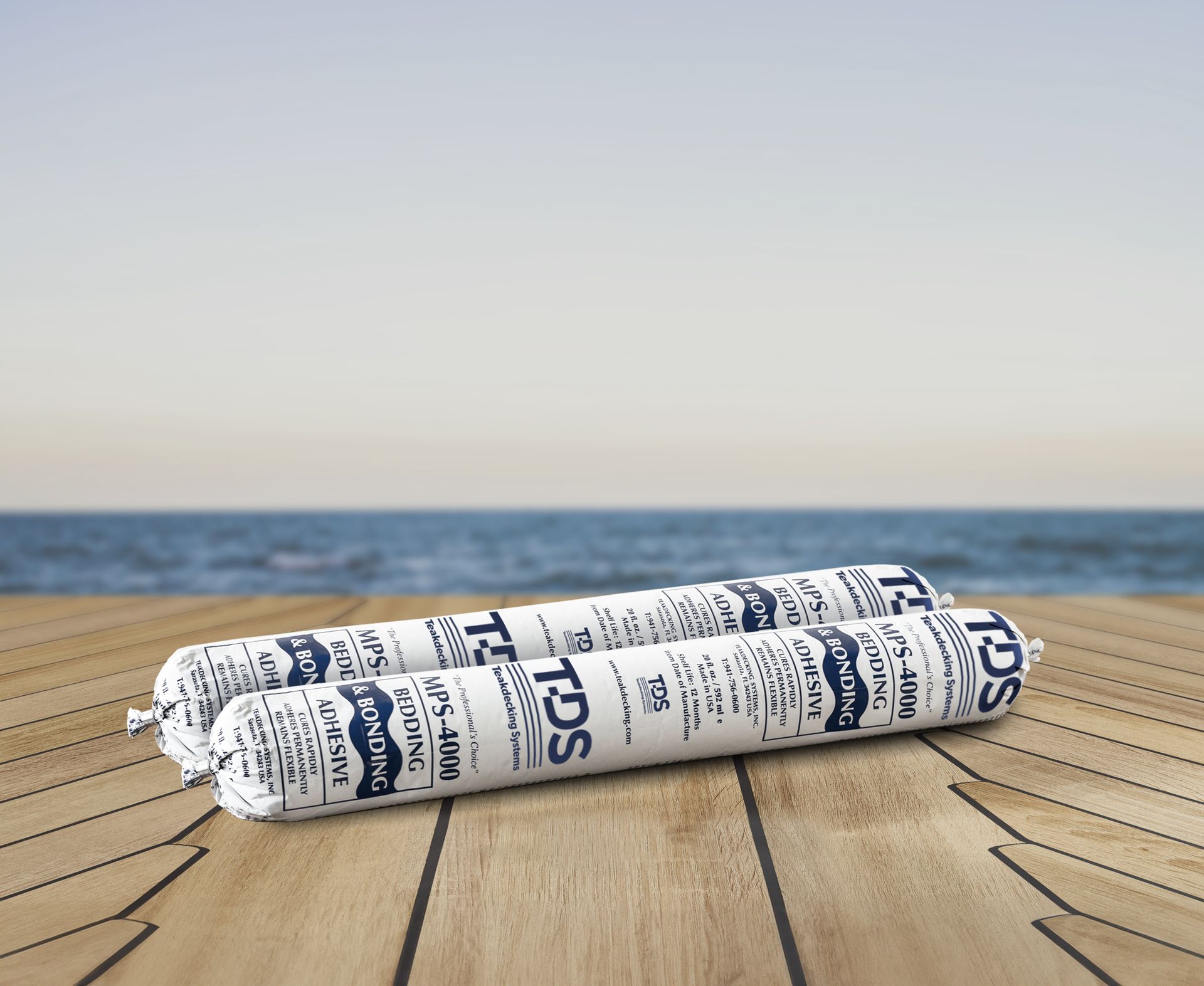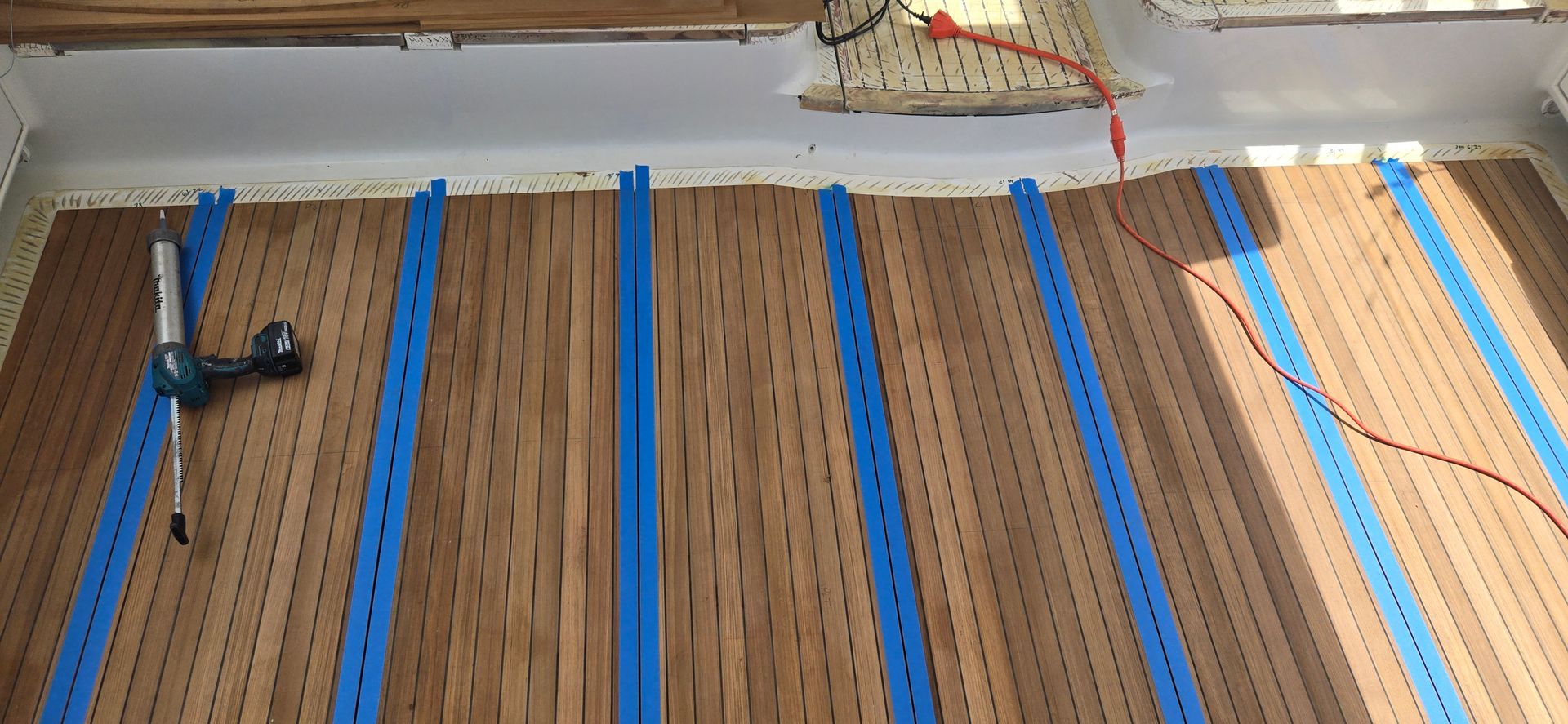What to expect from TDS when you order a deck
What to expect from TDS when you order a deck
Once you have decided to order your new deck from us, we have a process in place to ensure that the whole manufacturing and installation goes as smoothly as possible. With a commitment to transparency and customer satisfaction, we have put together some guidelines outlining the most important key steps from the moment that you commit to a new deck from us.
1. Customer Inquiry, Quotation Process and Formal Quote
When we are first contacted by a customer, we ask that they send us photos and a layout of the boat via our contact page on our website so that we can understand their specific requirements. Our team then conducts its own research by reviewing the layout and photos provided, as well as gathering information about your boat. Based on this information, we develop a budgetary quote, and if the customer is satisfied with it, we provide a formal quote.
The formal quote outlines all the essential details, including design specifications, materials, price and timelines. It is crucial that you read through this document carefully. Taking the time to review it not only helps you understand what to expect but also gives you an opportunity to ask questions or clarify any uncertainties before signing. Once the quote is acceepted, we issue a pro forma invoice for the templating/digitizing, after which we will organize a date to digitize the deck. Once we have the digital file, our sales and project management teams meet to review both the quote and the digitized layout to ensure that the quoted square footage is accurate. Should there be any discrepancies, we adjust the quote accordingly and will call you to explain the changes.
2. Securing Your Order with a Deposit
After both parties agree on the final numbers, we send an order confirmation for your signature and will then send an invoice for 50% of the materials cost and the cost of digitization so that we can begin building the deck. Once the funds are received, we start production, later invoicing for the remaining 50%. Travel costs associated with the digitization are invoiced separately after the activity has concluded.
3. Project Management and Timeline Confirmation
We will assigns a dedicated Project Manager to your deck, and they will be your primary point of contact throughout the entire process. Your Project Manager is responsible for confirming the production and installation timeline and ensuring that every phase of the project is scheduled appropriately. They will communicate any updates, answer your questions, and address any concerns that may arise during production.
4. Final Payment and Scheduling Shipment
Before the deck is shipped and installed, we require that the full remaining balance is settled and we can then schedule shipment and installation without any delays.
5. Installation
You will have received an estimated quote for installation. Once the deck is installed we ask the captain or project manager to walk the deck with our team and get a sign off and release for the deck and then we invoice them for the final amount along with any associated travel, travel time, accommodation and subsistence. We will invoice you the final amount once the installation has been done.
ALL PRODUCTS




